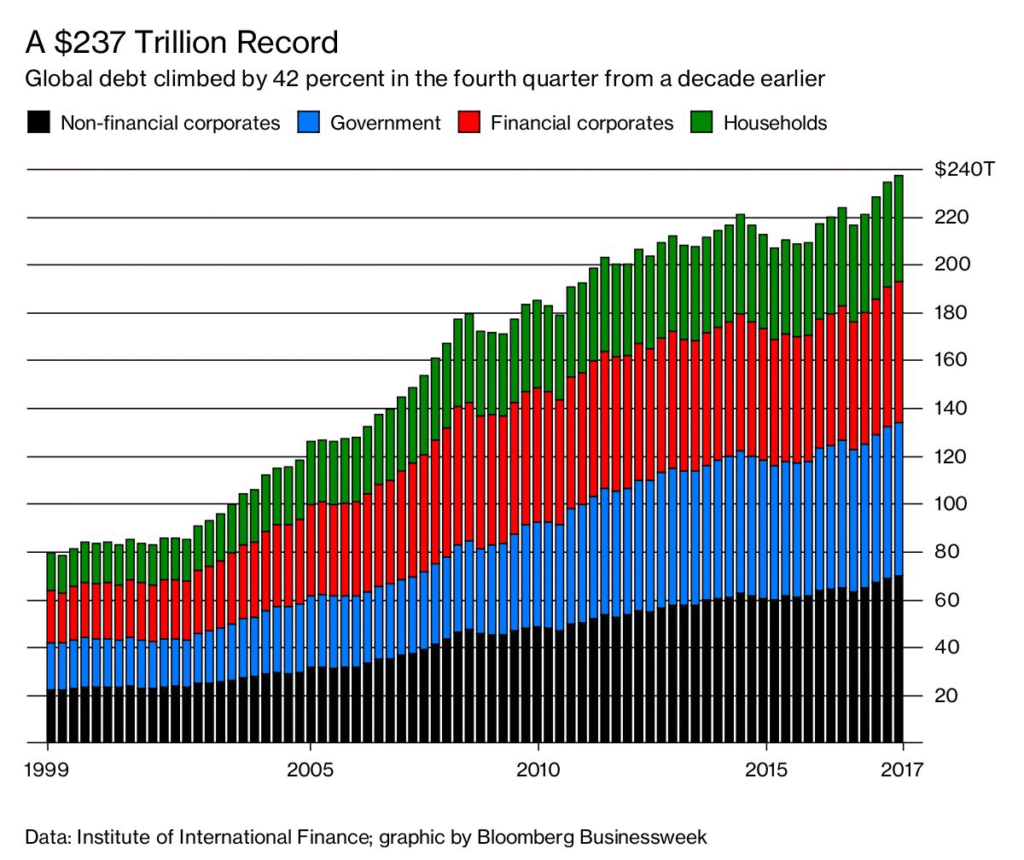In the last post, we discussed what money is and where it comes from. To recap one of the main points, we discovered that most of the world’s money is ‘printed’ into existence by our banks; they don’t just print that money without cause, they do it to facilitate the borrowing of corporations, financial institutions, governments all the way to people like you and I.
Every bank is in the business of lending to profit from the interest it charges on its borrowing. No source of credit is free. Unless you have the bank of mum and dad, there’s always a small fee to pay for borrowing money.
We also briefly touched on lending rules – every time the bank gets its money back, it can put some of the money towards even more lending.
So lets say that I’m a bank and I lent £100,000 to whoever and was paid back with £5000 in interest, I can hold onto that money as capital, and then be allowed to lend a £130,000 in the future. The £5000 I hold on to effectively acts as a safety buffer for the additional £30,000 in case someone doesn’t pay me back.
Essentially, every time banks manage to lend money to someone, they’re allowed to lend out (a lot) more than they make. What this does is that it creates an ever-increasing supply of lending for everyone. As banks are able to lend more and more money, economic debt grows over time as well (assuming a normal, steady interest rate environment).
In a healthy, growing economy this works out quite well.
Businesses need more money to invest in growth, insurers need more liquidity to cover more clients and more and more people need mortgages to buy houses.
The money borrowed by governments and businesses in particular are put towards new facilities, equipment, and hundreds of thousands of new jobs, which accelerates economic growth, driving further borrowing and spending.
It’s one of the main reasons why the world’s GDP has skyrocketed over these last few years, and it’s no coincidence that global debt has soared too.

Rising debt has driven economic growth for as long as it has existed and will continue to do so for as long as it exists.
What does this mean for you?
If not for debt, businesses would have taken centuries to expand and globalise, your McDonalds, Starbucks, iPhone, Ubers and Amazon deliveries probably wouldn’t even be a thing.
Without debt, today’s world would be a very different place.
Leave a Reply
Your email address will not be published. Required fields are marked *